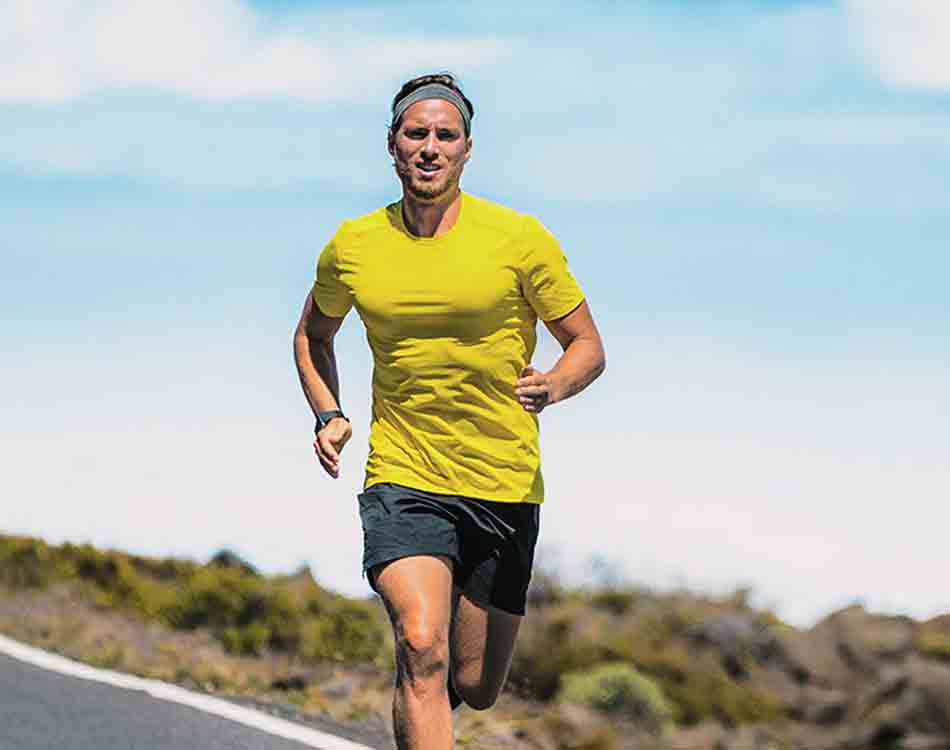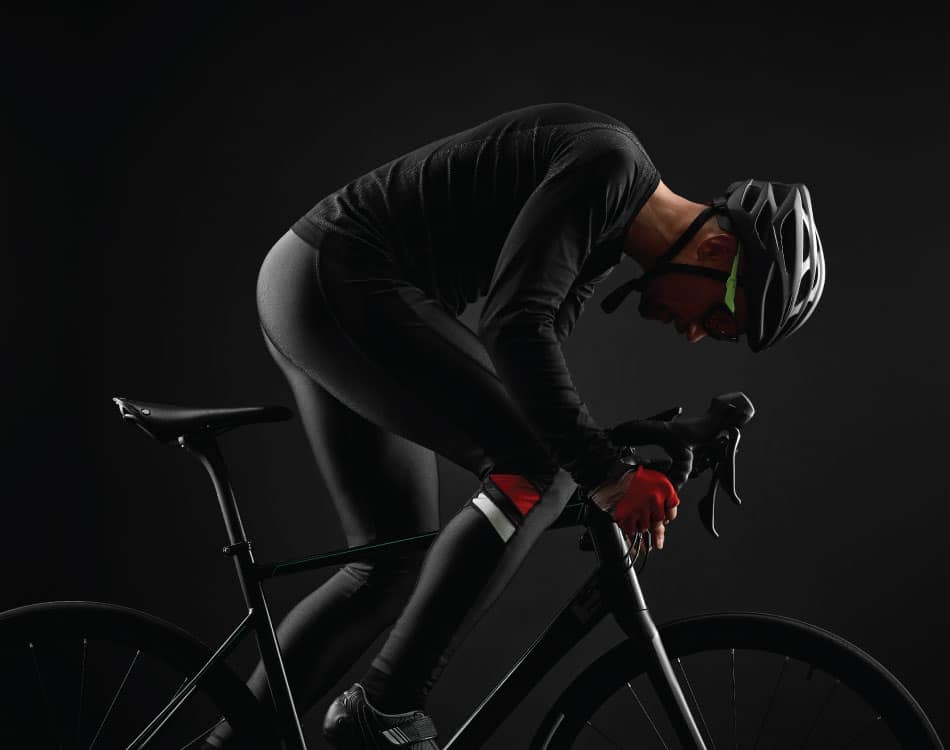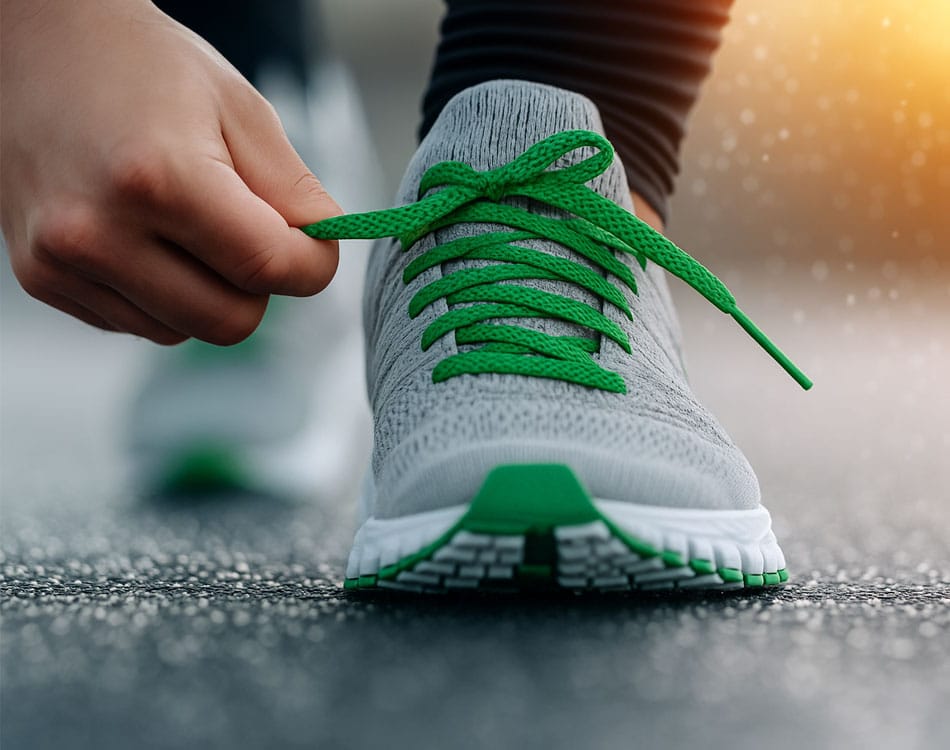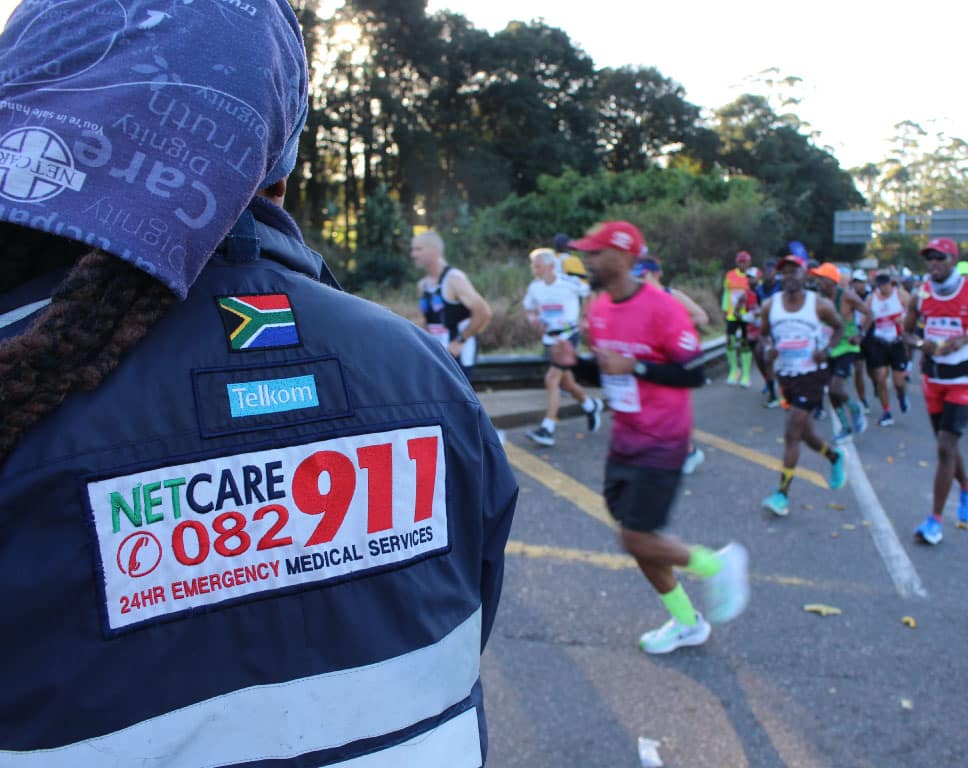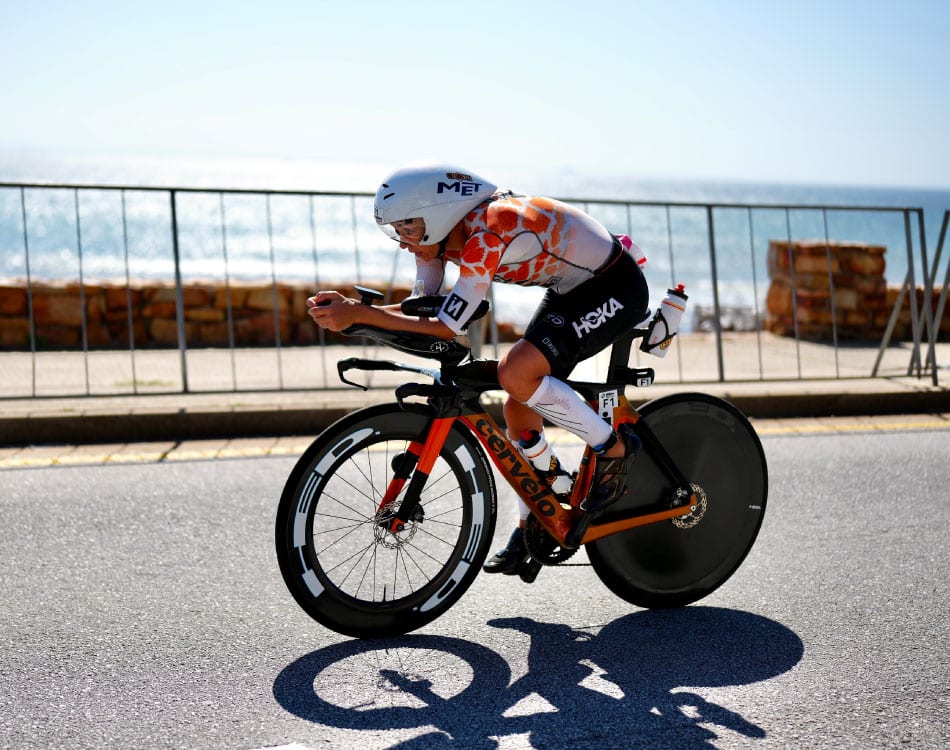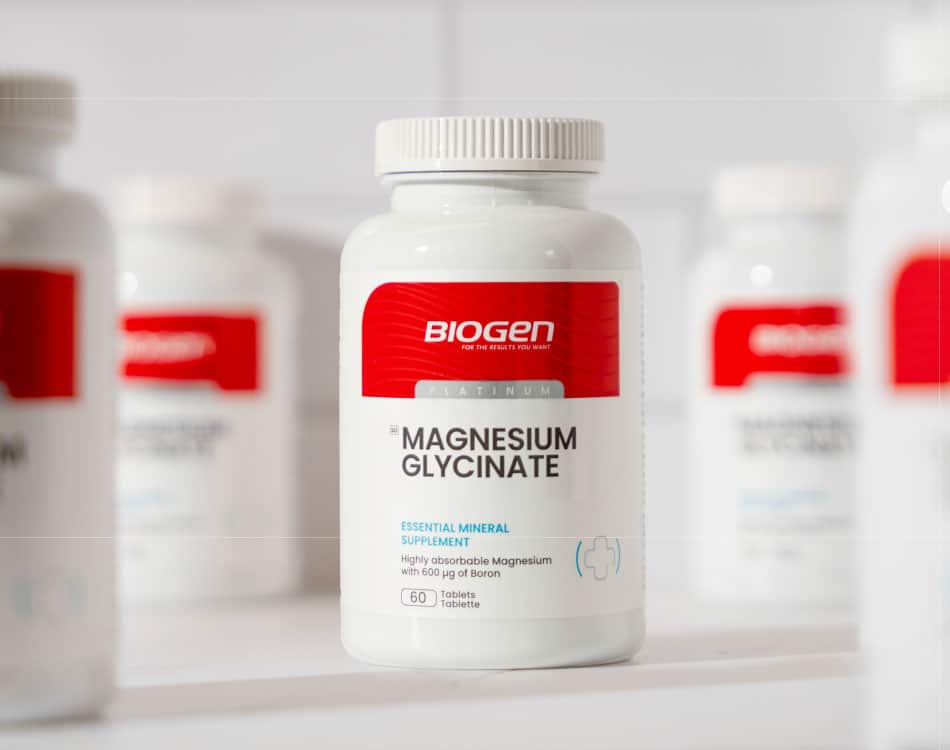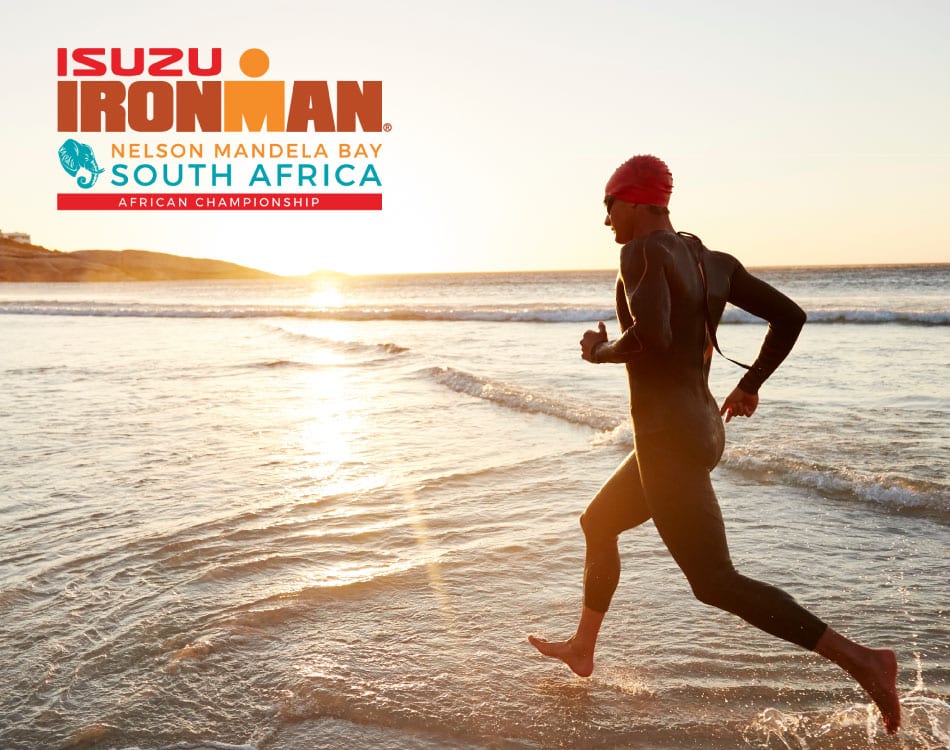As cool spring breezes turn to blistering summer heat, many of us will be tempted to head outdoors for some exercise and a possible break from the monotony of indoor gym training.
While variety in training does wonders for increasing motivation and ensuring you don’t get bored with your workout regimen, running, cycling or training outside requires a shift in mindset and approach.
Hot & bothered
The introduction of heat into your training equation means another stress is imposed on your body, so you need to act accordingly.
Blazing sunshine or extreme relative humidity can result in heat stroke (also known as hyperthermia), heat cramps, heat syncope, heat exhaustion or dehydration if you are not acclimatised to training in the heat, or do not know how to prepare for and recover from training in this non-air conditioned environment.
Heat sickness
Heat exhaustion is the most commonly diagnosed form of heat sickness, despite the fact that its symptoms are often vague and differ greatly from one situation to another. Clinical descriptions include various combinations of headache, dizziness, fatigue, hyperirritability, tachycardia (rapid heart beat), hyperventilation, diarrhoea, hypotension (low blood pressure), nausea, vomiting, syncope (fainting), heat cramps, as well as “heat sensations” in the head and upper torso. This is why heat exhaustion is defined as the inability to continue exercising in a hot environment.
Heat cramps are usually unheralded and occur in the voluntary muscles of the legs, arms and abdomen usually late into extended sessions of prolonged strenuous exercise. Individuals who’ve lost a large volume of sweat can suffer from sodium depletion, or those who have drunk a large volume of fluid and have excreted only a small volume of urine will generally experience heat cramps.
Heat syncope is another stage in the same process as heat stroke and occurs under similar conditions. The basic symptom of heat syncope is a body temperature above 40°C, which results in fainting. Heat syncope differs from heat stroke in that there is no mental confusion. Heat syncope is caused by mild overheating with inadequate levels of water or salt in the body, which typically occurs when the ambient temperature or humidity rises suddenly, or when a non-acclimatised individual performs exercise in a hot environment.
Prepare for the heat
The improved tolerance to exercise in heat is known as heat acclimatisation, which can take up to 14 days to occur. The primary benefit of heat acclimatisation is improved tolerance to exercising in the heat, which will reduce the incidence or severity of the various heat sicknesses already mentioned.
The regulation of body temperature while exercising in the heat is the most critical function that the body has to perform, because of the potential for serious organ malfunction or even death from dehydration or hyperthermia.
Thermoregulatory adaptations, such as an increased sweat rate and other cardiovascular adjustments, such as vasodilation and an increased heart rate, are the bodily functions that act to decrease your core body temperature during exercise.
Exercising in hot-humid conditions stimulates a greater sweat rate than exercising in a hot-dry environment. This is an important fact to keep in mind while training outdoors, as excessive sweating will require water and electrolyte replacement. When dehydration or a salt deficits occurs, cardiovascular and thermoregulatory responses may be negatively affected, increasing the risk of heat sickness.
Survive the heat
The best way to combat this is to ensure you drink sufficient water before you head out and while exercising outdoors. The general rule of thumb is three litres of water a day and 200-400ml of water for every hour of exercise, depending on the heat.
If you can, carry a bottle of ice cold water with you to douse your body periodically. This will assist with the thermoregulation of your core body temperature and also allows the wind to cool your skin when covered in moisture.
If you train on consecutive days in hot and humid conditions, it is also wise to monitor your body weight on a daily basis. This will enable you to recognise any fluid deficits before it affects you while out training. If there is a large change in your body weight you should reduce training duration and/or intensity, while increasing water and electrolyte intake. If you do experience serious symptoms, cease exercising and see a doctor as soon as possible.

